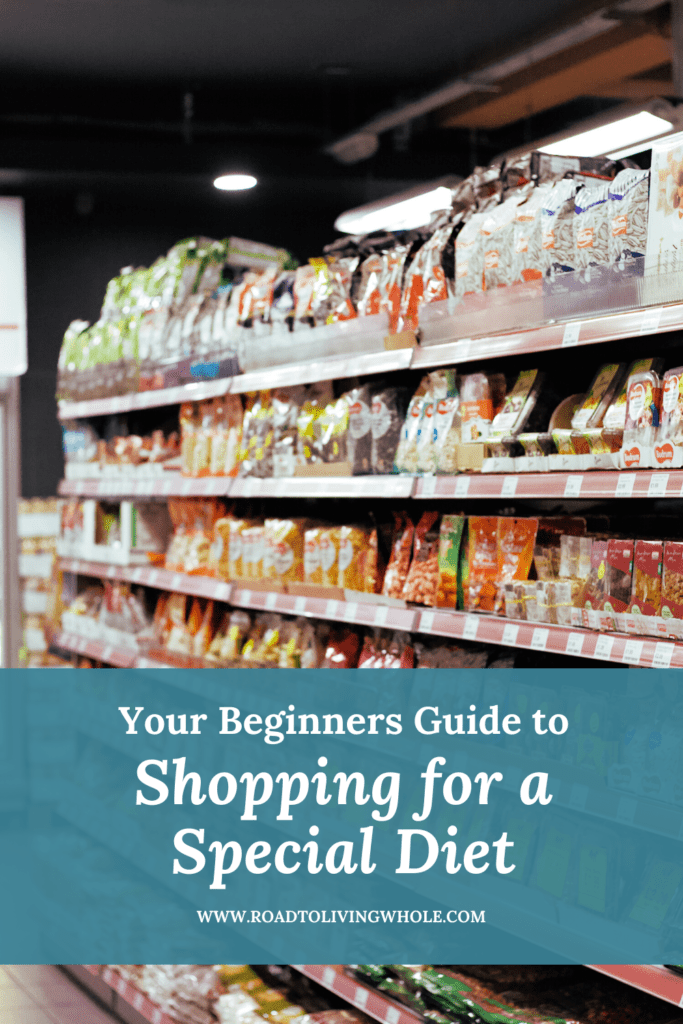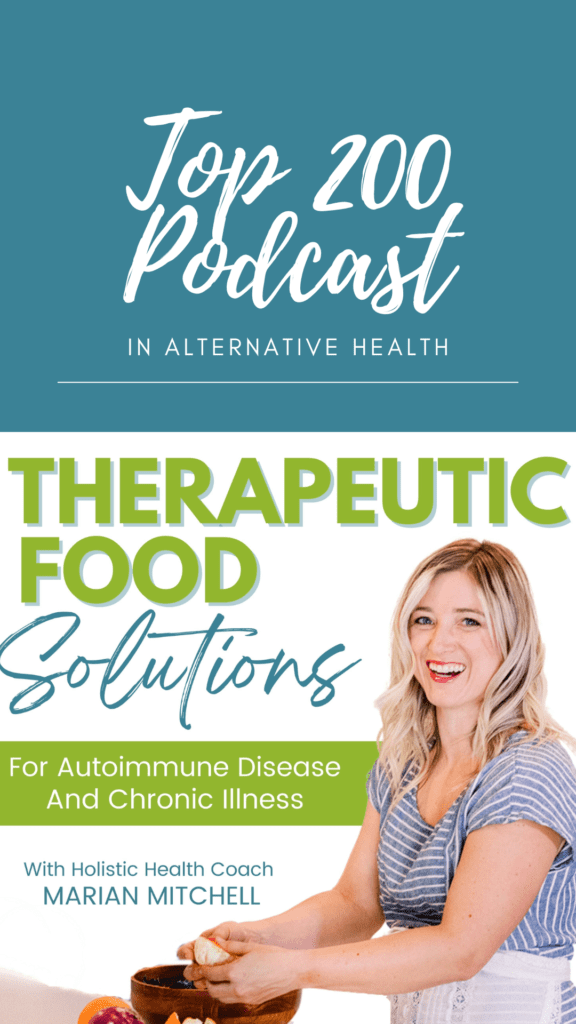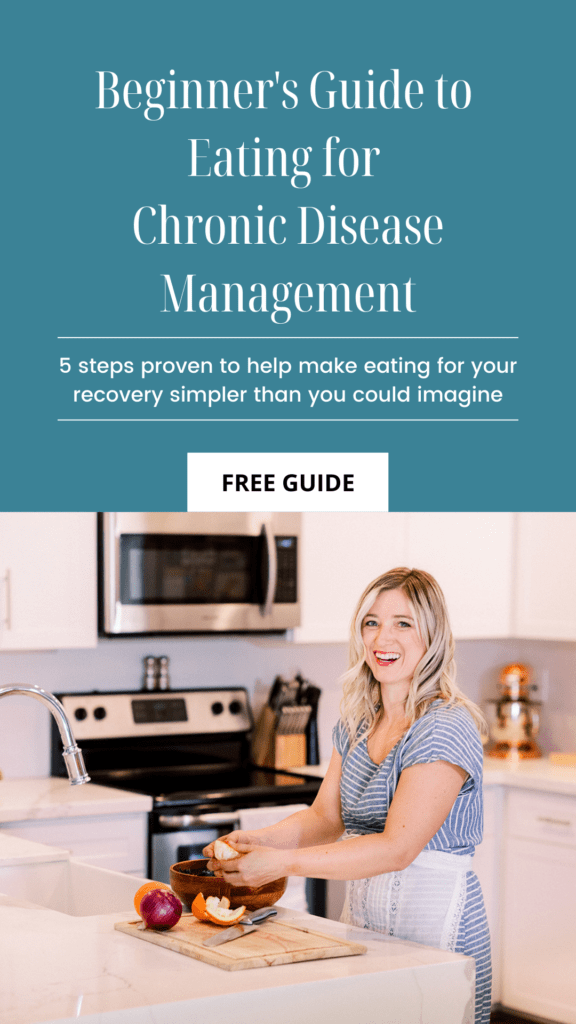When you’re changing your diet dramatically, either temporarily due to an illness like mold toxicity, histamine intolerance or SIBO, or permanently due to an autoimmune disease or food allergies, navigating the grocery store is tough. It can literally bring a person to tears or anger in frustration and overwhelm.
- “How do I even know if I’ll like this?”
- “Am I going to throw money away?”
- “Who knew gluten was in EVERYTHING?!”
- “I don’t even know how to cook zucchini!”
- “Oh My Gosh, I spent how much and I don’t even know if I’m going to like it?!”
This is very real. Thankfully, I’ve been in this world for over 10 years and I have ways to make your first few trips to the grocery store a million times less frustrating and overwhelming.
#1 Where to Shop
Your regular grocery store may not be the best store to shop at. Mainstream grocery stores usually have a very small section dedicated to health foods and they typically are extremely expensive. Some stores have small produce sections that are overpriced, and low to no organic foods. Typically Health Food Grocery Stores are going to be the easiest to navigate and have the largest selection for you to choose from. A few stores I go to here in Phoenix, AZ are:
- Sprouts Farmer’s Market (a grocery store)
- Whole Foods
- Trader Joe’s
Sprouts is my favorite because the produce is the most affordable, they easily label what is in season currently, and they have Double Ad Wednesdays. Whole Foods has the most variety of sauces and snacks. Trader Joe’s has a lot of done for you options and a great place to shop if you’re single or just two at home. Every city is different but your best bet is always going to be a health food store.
If you don’t live near one, Thrive Market is going to be your most affordable place to have diet compliant foods delivered right to your door. You don’t have to buy in bulk like you would through Amazon. It’s a yearly membership just like Costco but you don’t have to buy in bulk. It’s one of my favorite options for clients who live in more rural areas or in parts of the country that don’t have health food stores.
#2 How to Shop
Start with a plan. Don’t just go and grab a bunch of stuff. This never goes well. You have a bunch of individual foods but no meals. It’s a rookie mistake and you’re skipping over the “rookie” time by reading this post.
You need to have meals and snacks already planned. If you don’t know where to begin, I strongly recommend purchasing a done-for-you meal plan by me specifically designed for your condition so you have a safe place to start. The recipes are simple, quick, and the shopping lists are already done for you. You just have to print or screenshot and go to the store (or order online).
Every single therapeutic diet is going to have a foundation of fruits and vegetables. (Mostly vegetables.) The best way to navigate the grocery store is:
- Start in the produce section.
- Then the meats/proteins.
- Then the aisles for any processed foods/snacks you have on your list.
This will ensure you get all the foods you really need and cut down on the junk as your cart will be getting full. It’s totally a psychological tool that works.
#3 Read Labels
Don’t trust marketing or even that “gluten free” label. I’ve learned the hard way that you can’t trust marketing. Always, always, always read the ingredients. I’ve bought stuff on a whim only to later at home look at the label and see that it wasn’t actually gluten free or dairy free and have to throw it away. Then not only do I feel like crap, I threw money in the trash. Many foods have over 50 names used in the manufacturing process. Corn, for example, has over 100 and gluten has over 50. Dairy has several as well and so does soy. Doing a little homework will go a long way to speeding up your healing journey.
#4 How to Save Money
Learning to eat a different way can be expensive in the beginning because you don’t know what tastes good and what doesn’t. You may not know how to cook real food and let it rot in the fridge while you dine out because it’s too much work to think about. To save money I highly recommend:
- Having a meal plan and shopping list. Planning will save you hundreds of dollars a month. (It saved me over $500 once I got the hang of it!)
- Give yourself 2-3 weeks as a transition period to slowly makeover your meals. A complete 180 isn’t sustainable but taking time to slowly add things in is.
- Practice new recipes on the weekends then keep the ones you like and incorporate them into your weekly meal plans. Cooking a new recipe may not take more time but it takes a whole lot of mental energy. Trying a new recipe during the week is stressful because you’re already tired and usually hungry. Practice new ones on the weekends when things are more chill.
- Try only 1-2 new brands each grocery trip. This will help you slowly find your favorite brands.
- Ask your health food store employees their favorite brands and why they like them. They’ve usually tried them all and can share their opinions with you.
Knowing where and how to shop will set you up for a successful therapeutic diet and maintain it easily for as long as you need to be on it. Developing new habits takes a lot of mental energy, with a plan it becomes a whole lot easier. Sticking to real food as ingredients versus depending on processed, premade meals will ensure you’re staying compliant to the diet plan your doctor has given you and will speed up your journey back to health. The goal is to never get this sick again and with a plan and a healthy diet, you won’t.









